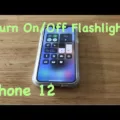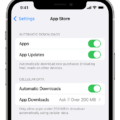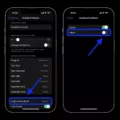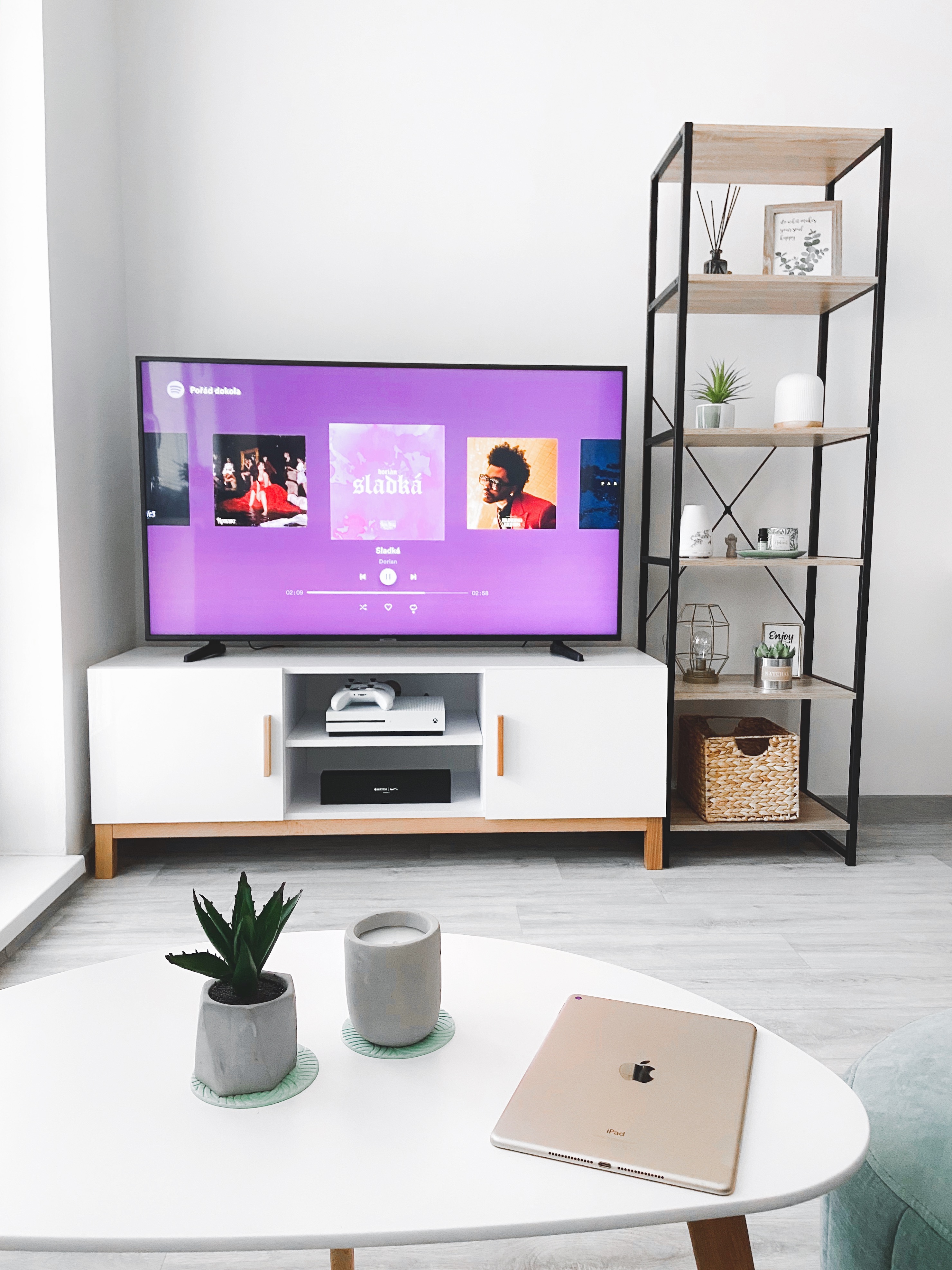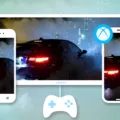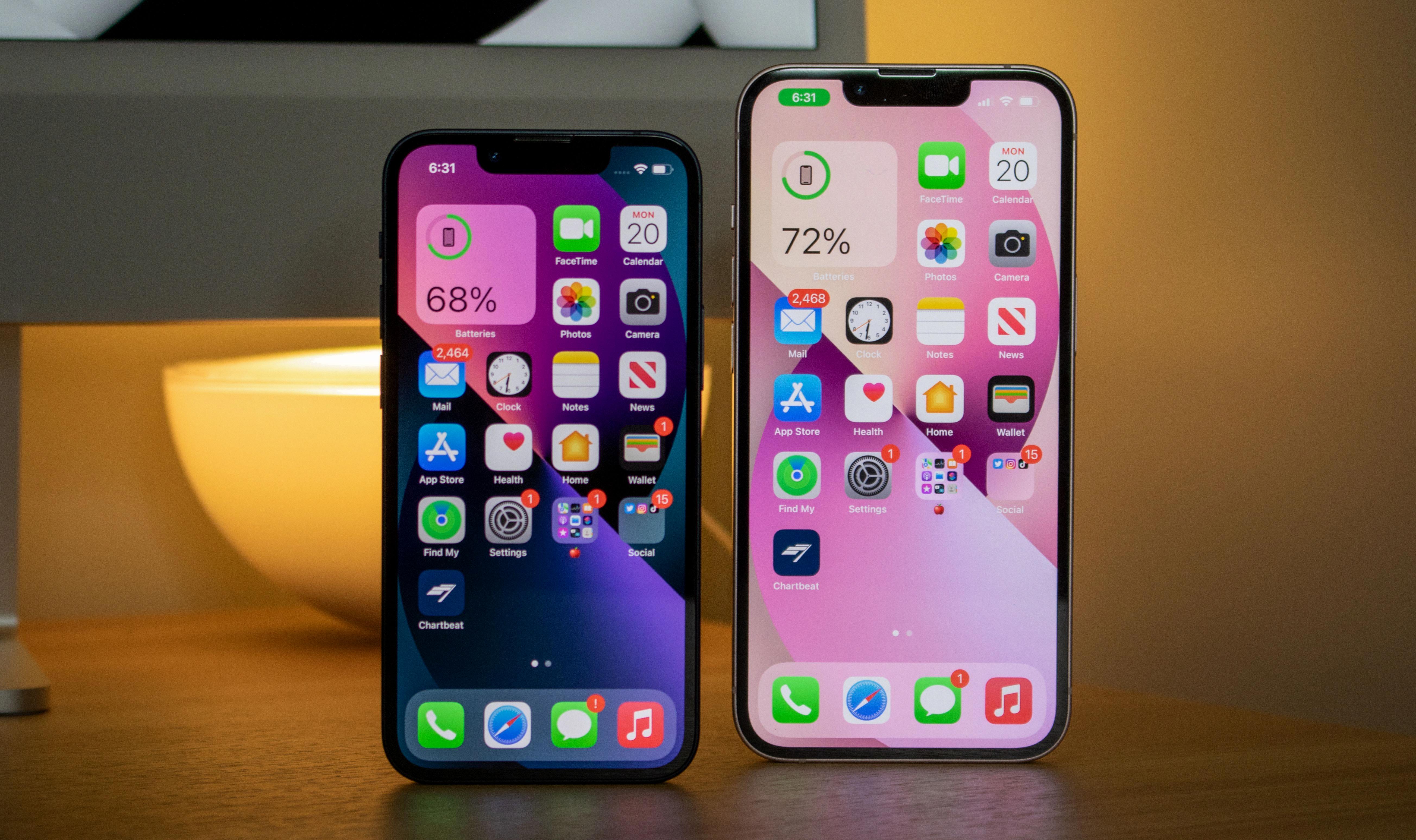The iPhone is a powerful and popular smartphone that offers a wide range of features and functionalities. One of these features is the auto-lock or screen timeout function, which automatically turns off the screen after a certain period of inactivity. While this can be useful for conserving battery life and ensuring privacy, there may be times when you want to disable this feature and keep your screen on for longer periods of time. In this article, we will explore how to turn off screen timeout on the iPhone.
First, it’s important to note that the auto-lock function on the iPhone is designed to save power and protect your privacy. When your iPhone is not in use, the screen will automatically turn off after a certain period of time, typically ranging from 30 seconds to 5 minutes, depending on your settings. This helps to minimize battery drain and prevent unauthorized access to your device.
However, there may be instances where you want to keep the screen on for longer periods of time, such as when watching a movie, reading a long article, or following a recipe. In these cases, you can adjust the auto-lock settings to turn off the screen timeout.
To turn off screen timeout on the iPhone, follow these simple steps:
1. Start by unlocking your iPhone and opening the Settings app. This is typically represented by a gear icon and can be found on your home screen.
2. In the Settings app, scroll down and tap on “Display & Brightness.” This option may vary slightly depending on your iPhone model and iOS version.
3. Within the Display & Brightness settings, look for the “Auto-Lock” option. This is where you can adjust the screen timeout settings.
4. Tap on “Auto-Lock” to open the screen timeout options. Here, you will see a list of available time intervals, ranging from 30 seconds to 5 minutes.
5. To turn off screen timeout completely, select the “Never” option. This will keep your iPhone screen on until you manually turn it off or put it to sleep.
6. Alternatively, you can choose a longer time interval, such as 15 minutes or 30 minutes, depending on your preference. This will keep the screen on for a longer period of inactivity before it automatically turns off.
7. Once you have selected your desired screen timeout option, simply exit the Settings app. Your changes will be saved automatically.
It’s important to note that keeping the screen on for longer periods of time can have an impact on your iPhone’s battery life. If you are concerned about battery drain, it’s recommended to use the screen timeout feature and set a reasonable time interval that balances your needs for screen visibility and power conservation.
The auto-lock or screen timeout function on the iPhone is a useful feature that helps to save power and protect your privacy. However, there may be times when you want to turn off screen timeout and keep the screen on for longer periods of time. By following the steps outlined in this article, you can easily adjust the screen timeout settings on your iPhone and customize it to your preferences.
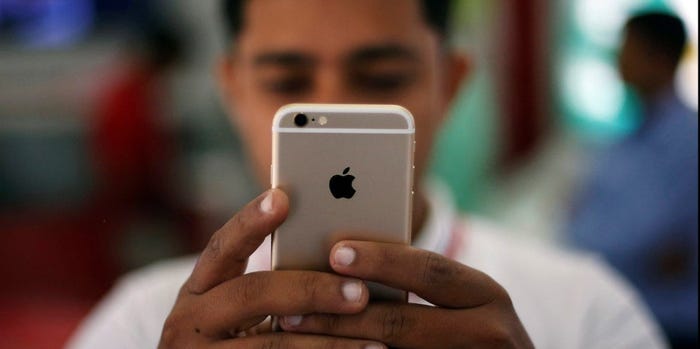
Why Can’t You Change Your Screen Timeout On iPhone?
There are a few possible reasons why you may not be able to change the screen timeout on your iPhone:
1. Low Power Mode: If your iPhone is in Low Power Mode, the screen timeout setting will be grayed out and locked at 30 seconds. Low Power Mode is designed to conserve battery life by reducing power consumption, and one of the ways it does this is by limiting the screen timeout. To change this, you need to turn off Low Power Mode. To do so, go to Settings > Battery and toggle off Low Power Mode.
2. Restrictions: If you have enabled certain restrictions on your iPhone, it may prevent you from changing the screen timeout. Restrictions allow you to control and limit various features on your device, including screen timeout. To check if restrictions are enabled, go to Settings > Screen Time > Content & Privacy Restrictions. If restrictions are enabled, you may need to enter a passcode to make changes.
3. Software issues: Occasionally, a software glitch or bug may cause the screen timeout setting to become unresponsive or grayed out. In this case, you can try restarting your iPhone by powering it off and on again. If the issue persists, you may need to update your iOS software to the latest version. To update your iOS, go to Settings > General > Software Update.
4. Hardware or other software conflicts: In rare cases, a hardware or software conflict may be causing the screen timeout setting to be unchangeable. If none of the above solutions resolve the issue, you may need to perform a factory reset on your iPhone. However, be aware that this will erase all data on your device, so it is important to back up your data beforehand. You can perform a factory reset by going to Settings > General > Reset > Erase All Content and Settings.
By following these steps, you should be able to fix the issue and regain control over your screen timeout settings on your iPhone.
How Do You Turn Off Screen Timeout For Certain Apps On iPhone?
To turn off the screen timeout for specific apps on your iPhone, you can follow these steps:
1. Open the Settings app on your iPhone.
2. Scroll down and tap on “Display & Brightness.”
3. In the “Auto-Lock” section, you can set the screen timeout for your device. By default, it is usually set to “2 minutes.”
4. However, if you want to disable the screen timeout for certain apps, you will need to use a different method. The iPhone does not have a built-in feature to disable the screen timeout for specific apps.
5. To achieve this, you can use the “Guided Access” feature, which allows you to lock your iPhone to a specific app and prevent it from going to sleep or timing out. Here’s how to do it:
– Go back to the main Settings screen and tap on “Accessibility.”
– Scroll down and tap on “Guided Access” under the “Learning” section.
– Toggle the switch to enable Guided Access.
– Now, open the app for which you want to disable the screen timeout.
– Triple-click the Side or Home button (depending on your iPhone model) to activate Guided Access.
– In the Guided Access screen, you can set various options like disabling touch input or motion sensing. To disable the screen timeout, tap on “Options” in the bottom left corner.
– Make sure the “Time Limits” option is disabled by toggling the switch to the off position.
– Tap on “Done” in the top right corner to save your changes.
– Your iPhone will now be locked to the selected app, and the screen timeout will be disabled as long as Guided Access is active.
– To exit Guided Access and re-enable the screen timeout, triple-click the Side or Home button again and enter your passcode.
By using the Guided Access feature, you can effectively disable the screen timeout for specific apps on your iPhone. This can be useful if you want to keep an app active and prevent it from timing out or going to sleep while you are using it.

